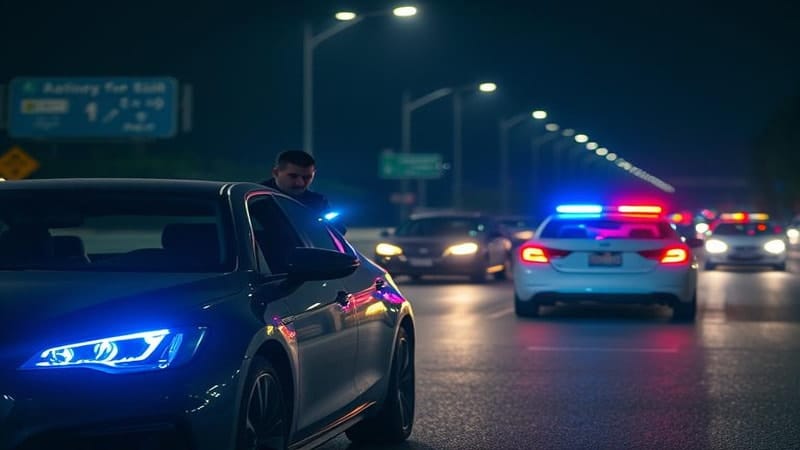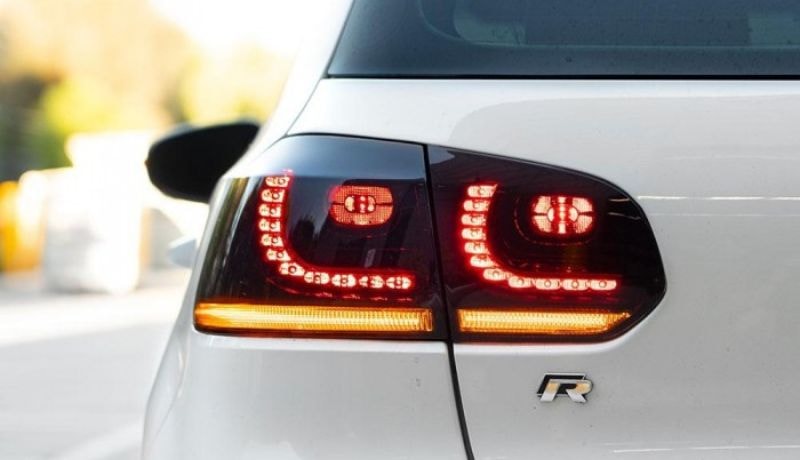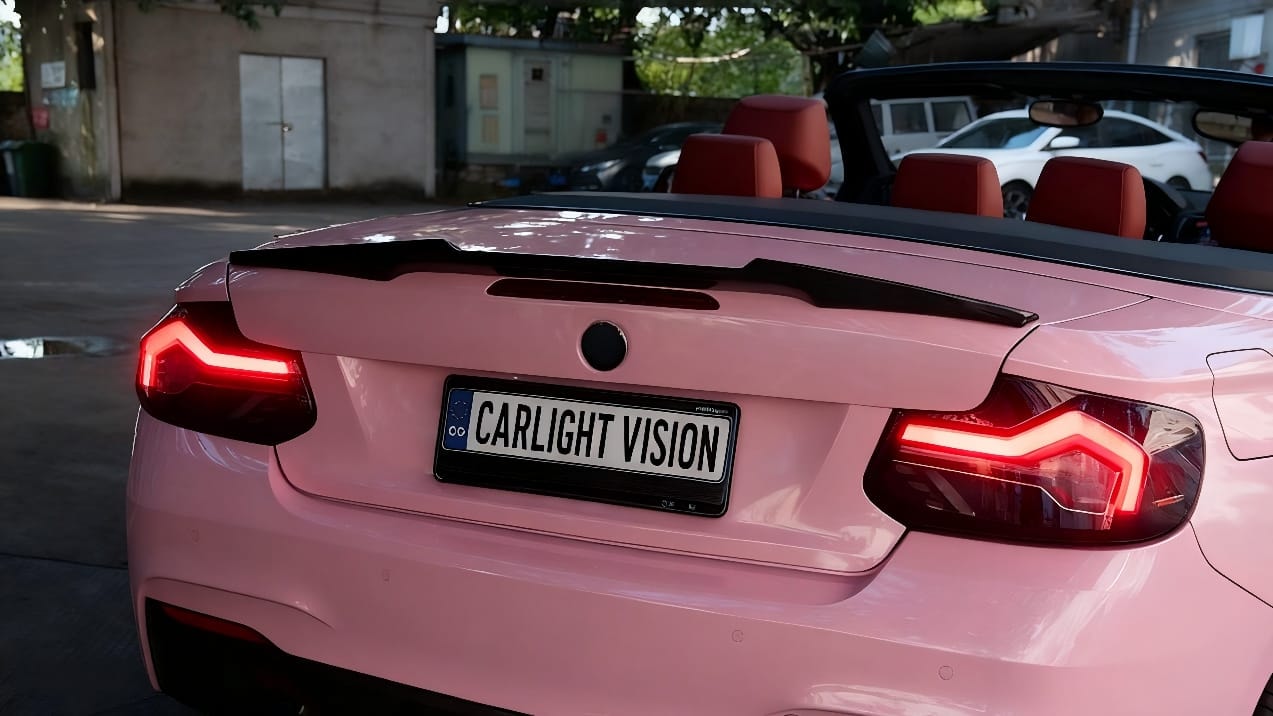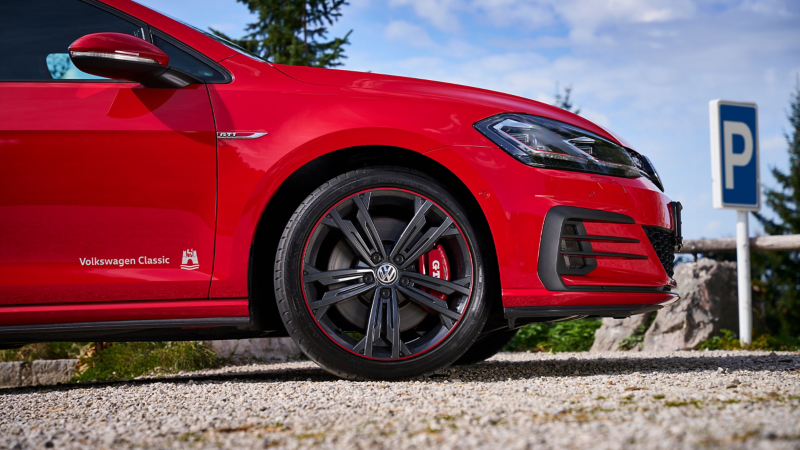Do you plan to change the color of your vehicle’s headlights? You must understand headlight color laws before making such a decision. There are strict tint laws for headlights, and non-compliant customization can get you in trouble. Follow our blog to explore headlight color laws and more!
Headlight Color Laws Overview
Headlight laws are state-specific, but almost every state has banned the use of colored lights or tinted headlights. There are very limited customization options for headlights. If you’re changing headlight colors, you must check the legality. Ensure compliance with laws for road safety and avoid any legal charges.
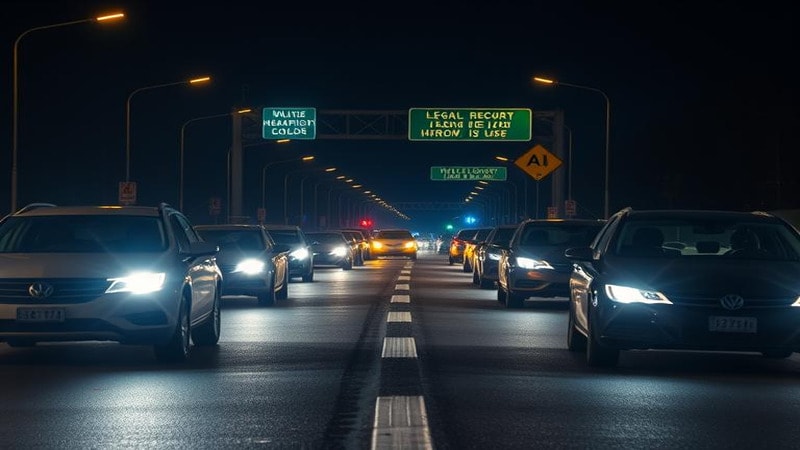
Headlights are standardized by regulatory authorities, and every car manufacturer adheres to their guidelines. The road-legal headlight colors are white, yellowish-white, or amber. It’s quite uncommon to see headlights in any other color. Some local laws allow the use of blue headlights, but they also emit a white light. However, this doesn’t make them road-legal for all states.
Are you keen to change the color of your car’s headlights? You may, but driving on public roads will be illegal. Still, you can drive off-road or on private tracks without a worry. We will be discussing legal headlight modifications in the following section. Explore more and drive in style!
Which Headlight Colors Are Legal?
Why can’t headlights be colorful? There are only a few standard colors legalized for use in car headlights. Let’s explore:
General Guidelines for Legal Colors
The legal colors for car headlights are white, yellow, and amber. Any color apart from these might be illegal. You will be surprised that variations of these colors can also be unlawful. The hue that headlights emit depends on the color temperature measured in kelvins (K). The US Federal Motor Vehicle Safety Standard 108 (FMVSS 108) requires the color temperature to only be within 3000K and 6000K range.
Why Some Colors Are Prohibited (Red, Blue, etc.)
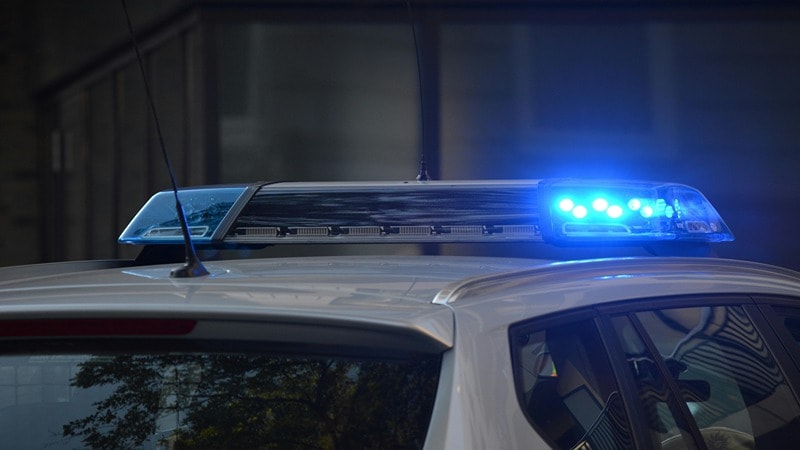
Colors like red light and blue light are reserved by law for use in emergency and law enforcement vehicles. Using these colors in regular vehicles violates traffic rules and can lead to strict consequences. The reason for the prohibition is to avoid any confusion among drivers to differentiate between regular and emergency vehicles.
Regulations Around Aftermarket Headlights
OEMs strictly follow regulatory guidelines when manufacturing headlights. These include beam patterns, vehicle compatibility, and color temperature. However, aftermarket headlights are not built according to legal standards and can cause issues like blinding oncoming traffic, improper lighting, etc. That’s why aftermarket vehicle modifications to headlights are illegal.
Types of Headlights and Their Regulations
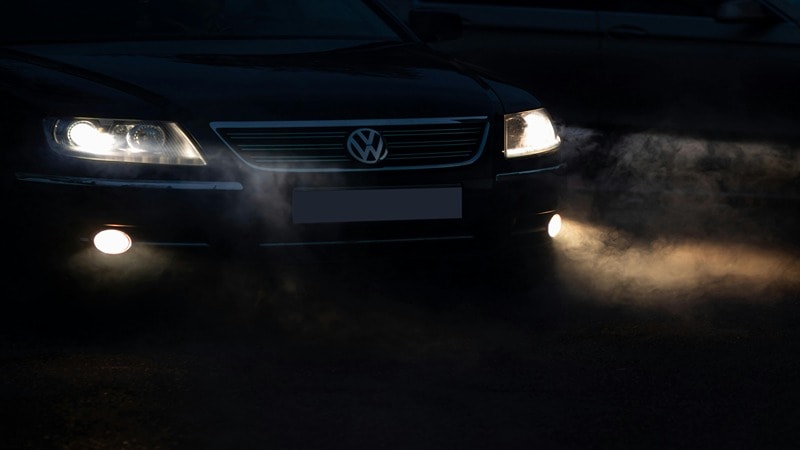
There are three main types of headlights: LED headlights, HIDs, and Halogen Bulbs readily available in the market. The headlight laws are similar for all kinds of lamps. However, regulations on fog lights and turn signals may differ. Let’s uncover:
| Halogen Bulbs | (Light Emitting Diode) LED Lights | (High-Intensity Discharge) HID headlights |
|---|---|---|
| These are the basic types of headlights that are obsolete now. They have a tungsten filament that glows inside a gas-filled casing. | LEDs are the most efficient and commonly used type of headlight. They emit a bright white light and offer better visibility. | HIDs are similar to halogen bulbs but they discharge an extremely bright light usually white or light a hue of blue. |
| Halogen bulbs are legal across the world and have been used since centuries. They are not long-lasting and dim over time. | LED headlights are relatively new but highly efficient, long-lasting, and safe for cars. They are legal and used in most modern vehicles. | HIDs are not illegal but strictly regulated because they can produce a blinding light and risk road safety. |
| The legal color temperature range for halogen bulbs is 3000K–4000K, and they emit white or amber light. | LEDs are required to be within the 3000K to 6000K range and primarily emit bright white light. | HIDs come in high color temperature ranges, but above 6000K are banned. |
| Halogen bulbs emitting yellow or orange light are illegal, especially for brake lights. | Smart LED headlamps that light up only parts of the road to avoid blinding oncoming traffic are illegal in the US. | HIDs that emit blue light are banned across the world because they cause extreme glare. |
Is Headlight Tint Illegal?
The US law is strict on headlight tinting. There are numerous headlight tint restrictions in almost every state. Here are legal headlight modification options regarding tints:
Legality of Tinting Headlights
Any tint that changes the headlight color to red or blue is illegal across the US. However, some states are flexible about headlight tinting as long as it doesn’t affect the standard brightness levels or change the color.
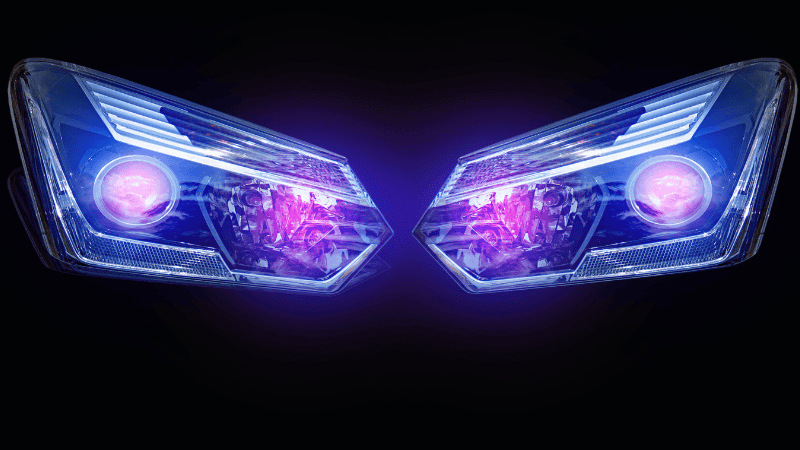
All headlights are required to have illumination of 22,500 and 75,000 candela. And the visibility must be above 500 feet. A tint that allows 70% Visible Light Transmission (VLT) doesn’t affect the brightness levels or the visibility and may be legal.
Tint Percentage Restrictions
There’s no specific allowable limit for headlight tinting because it is illegal. If your state doesn’t have a law on headlight tinting, you can apply a safe level of tint. Ideally, the tint should not affect the brightness or light throw; therefore, a 70% tint would work well.
Ensure that the tint allows 70% Visible Light Transmission (VLT) from the headlight. Moreover, if your vehicle passes the Department of Transportation (DOT) inspection without any flags, you’re good to go.
Get Wholesale Price Now!
Your One-Stop Headlight Supplier in China
✅ Manufacturer Direct
✅ OEM & Aftermarket
✅ Competitive Bulk Rates
State-Specific Regulations
States like California have strict headlight tint restrictions. The California Vehicle Code mandates that the light thrown from a headlight reach 1000 feet (the federal requirement is 500 feet). Headlight tinting would not allow you to meet this requirement.
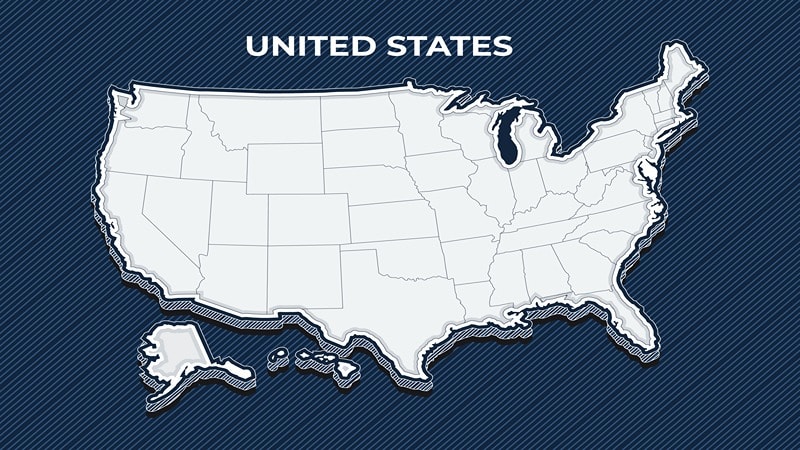
Similarly, New York and Texas have banned changes to original headlights. Still, there are some states where headlight tint restrictions are flexible, like Alabama, Alaska, Hawaii, Kansas, Iowa, Louisiana, and Minnesota. You can have tints if your car has a clear inspection.
Risks of Illegal Tinting

Illegal tinting reduces your visibility, which can lead to accidents. It’s a major safety risk that can affect you and other drivers on the road. All laws are designed to increase road safety and ensure a comfortable driving experience; non-compliance and negligence can be fatal.
If you drive with illegal tints, the violation can lead to a fine of $50 to $500. Sometimes, officers hand you a fix-it ticket if you don’t have a violation history. Your car will not pass the safety inspection with illegal tints.
How to Stay Compliant with Headlight Modification Laws
There are some legal headlight modifications that you can do to stay compliant with the laws. Here are your options:
Step-by-Step Guide to Legal Modifications
- You can alter the headlight color to have any shade of white, amber, or yellow. The color temperature must be between 3000K and 6000K. It also includes a light, bluish color popular among car enthusiasts.
- If you’re going for headlight tints, check the state-specific law. The tint shouldn’t change the light color and must allow 70% VLT.
- Color-changing headlights are a thing now. You can install color-changing headlights, but ensure that they’re DOT-compliant and have permissible colors (white, yellow, amber) only.
Consulting with a Professional

Consulting with a professional is an easy way to stay compliant with headlight laws. Get in touch with a professional light installer and ask about your requirements. You can also use online forums to connect with professionals for guidance.
Customizing Headlights: Legal Considerations
Headlights are the least customizable part of your vehicle, but still, people want to add a little bit of style there. Be sure that any illegal changes to the headlights can lead to legal consequences. You can’t change beam pattern or alignment of headlights that may cause blinding of other drivers. There’s no way you can change the headlight color apart from approved ones.
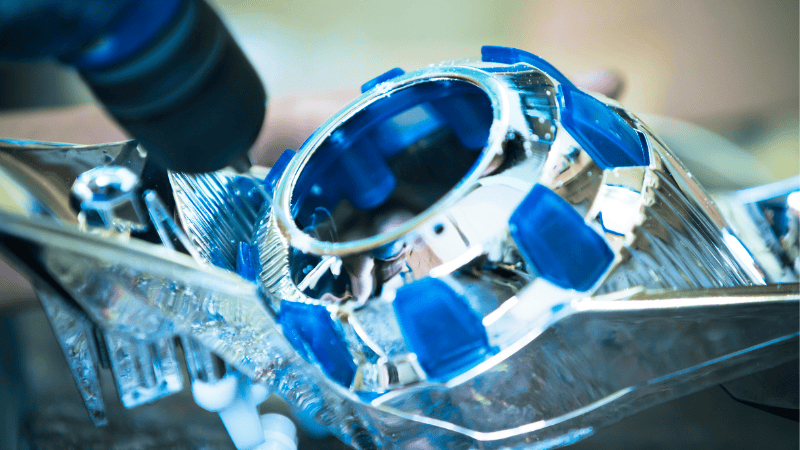
Tinting is the most sought-after headlight modification. But there are strict headlight tint restrictions that you need to be mindful of. Excess darkening of headlights reduces brightness level, and reduction exceeding or receding the 22,500 and 75,000 candela range is illegal. You need to be cautious when modifying headlights to avoid legal issues.
Safety Implications of Colored Headlights
Colored headlights are not practical and pose a number of safety risks. Standard colors (white, amber, yellow) are scientifically proven to provide maximum visibility. Other colors tend to reduce visibility or create glare, especially in tail lights, which affect road safety.
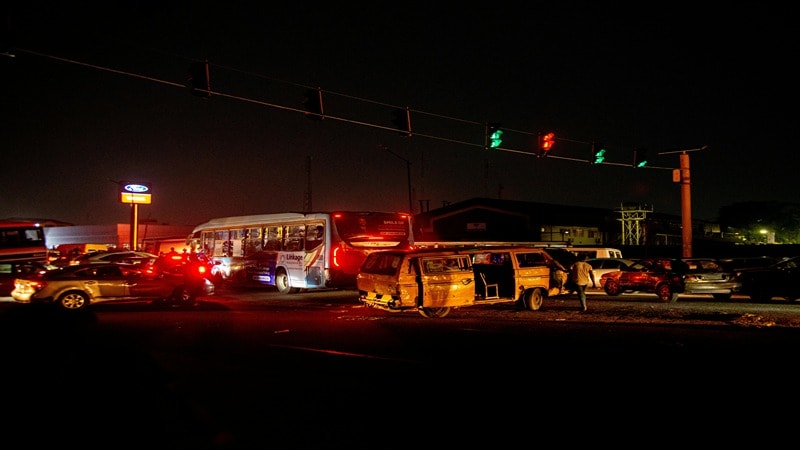
You wouldn’t want to increase the risk of accidents. But changing headlight color can cause blinding of other drivers due to excessive glare. It can lead to accidents, especially in low-visibility conditions.
When modifying your car, you should ensure compliance to legal requirements. It keeps you and other drivers safe on the road. Any modification, whether on headlights or other parts of the vehicle, that affects safety should be avoided.
Emergency Vehicles and Headlight Color Laws
Emergency vehicles like ambulances, fire brigade vehicles, and law enforcement cars have been assigned specific colors for easy identification on roads. These colors include red, blue, and green. No other vehicles are allowed to have lights with these colors.

As a responsible citizen, you need to make way for these vehicles, as their prompt response to emergency situations is critical. If regular vehicles have headlight colors similar to those designated for emergency vehicles, it can create confusion for drivers.
Headlight color laws are designed to ensure the safety of all road users and provide clear indications of emergency vehicles. If you don’t comply with headlight color laws, you will risk your and others’ safety. It will also lead to legal action against you.
Headlight Maintenance and Road Safety
Headlight maintenance is critical for road safety. In case the headlight malfunctions while driving, it can leave you stuck. Always check your headlights before embarking on a long journey. If you identify any minor faults, consider changing the headlights immediately.

Headlight maintenance is not limited to cleaning; there’s more that you can do. Check the headlight alignment from time to time. Ensure the beam patterns and visibility are right. Some headlights also dim over time; consider replacing them for a smooth driving experience.
Consequences of Non-Compliance
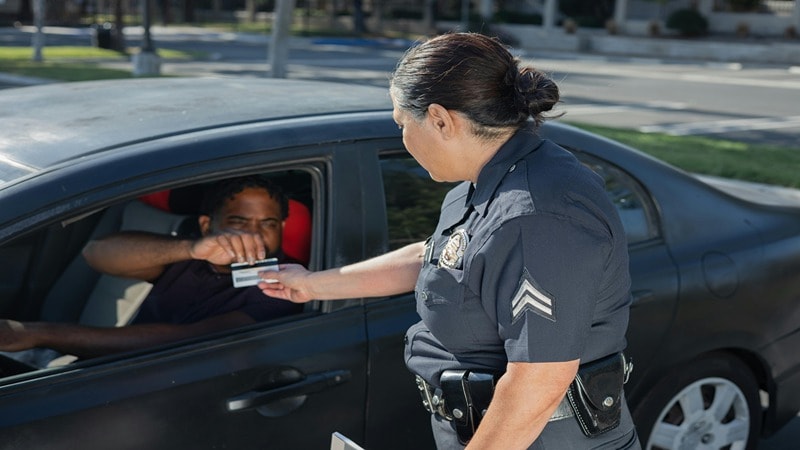
Failing to adhere to headlight color laws can have unpleasant consequences. Here’s what you can face:
Fine/Penalty
If you drive a car with illegal tints on headlights or with any prohibited modifications, you will be imposed a fine of 50$ to 500$. The fine amount varies from state to state, and California has the highest penalties for violating headlight laws.
License Suspension & Vehicle Impoundment
Regular offenders can face severe consequences for violating headlight laws. It can lead to license suspension, and in some cases, the officers may impound your vehicle. However, if you’re caught for the first time, you may be left with a fix-it ticket.
Accidents Risk
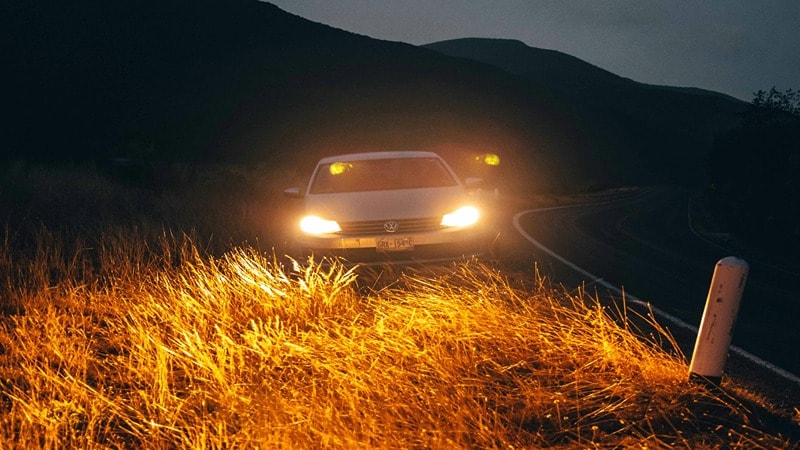
Headlight laws are made to ensure your safety. If you don’t comply with traffic regulations, the risk of accidents is sure to increase. You will not only put yourself in danger, but also others on the road. Modifying headlights can reduce visibility, increase glare, and cause blinding.
FAQs
What are the brightest headlights allowed by law?
Headlights with a color temperature of up to 6000K are legal for roads in the US. It’s the brightest level of headlights allowed by law.
Can I have smoked headlights?
Headlight tinting is illegal in almost every state in the US. You need to check state-specific headlight laws to confirm.
Are aftermarket LED headlights legal?
Aftermarket LED headlights are illegal to use. Only headlights that come installed by the manufacturer are legal.
Conclusion
Do you want to modify headlights? You can make modifications, but avoid violating the regulations. Headlight color laws are designed to ensure road safety and prevent accidents. They have more significant safety implications than just keeping you from personalizing your vehicle. Follow the law and ensure proper maintenance of headlights for your safety!
Want to upgrade headlights? Carlightvision offers the best quality LED headlights with the highest legal brightness levels.
Protect Your Business from Fines — Upgrade to Street-Legal LED Headlights Now!
Looking for road-legal headlights? Carlightvision manufactures high-quality LED headlights according to US Federal Motor Vehicle Safety Standard 108 guidelines. Our headlights are DOT-compliant and offer the best visibility and durability. We have over a decade of manufacturing expertise in high-end headlights. Get in touch to explore our range of products!

